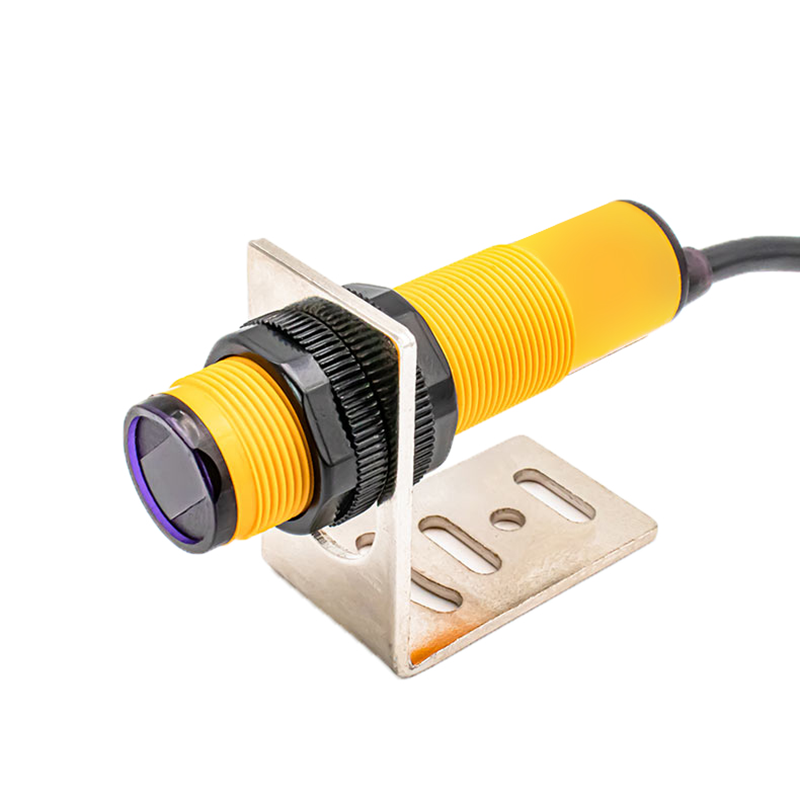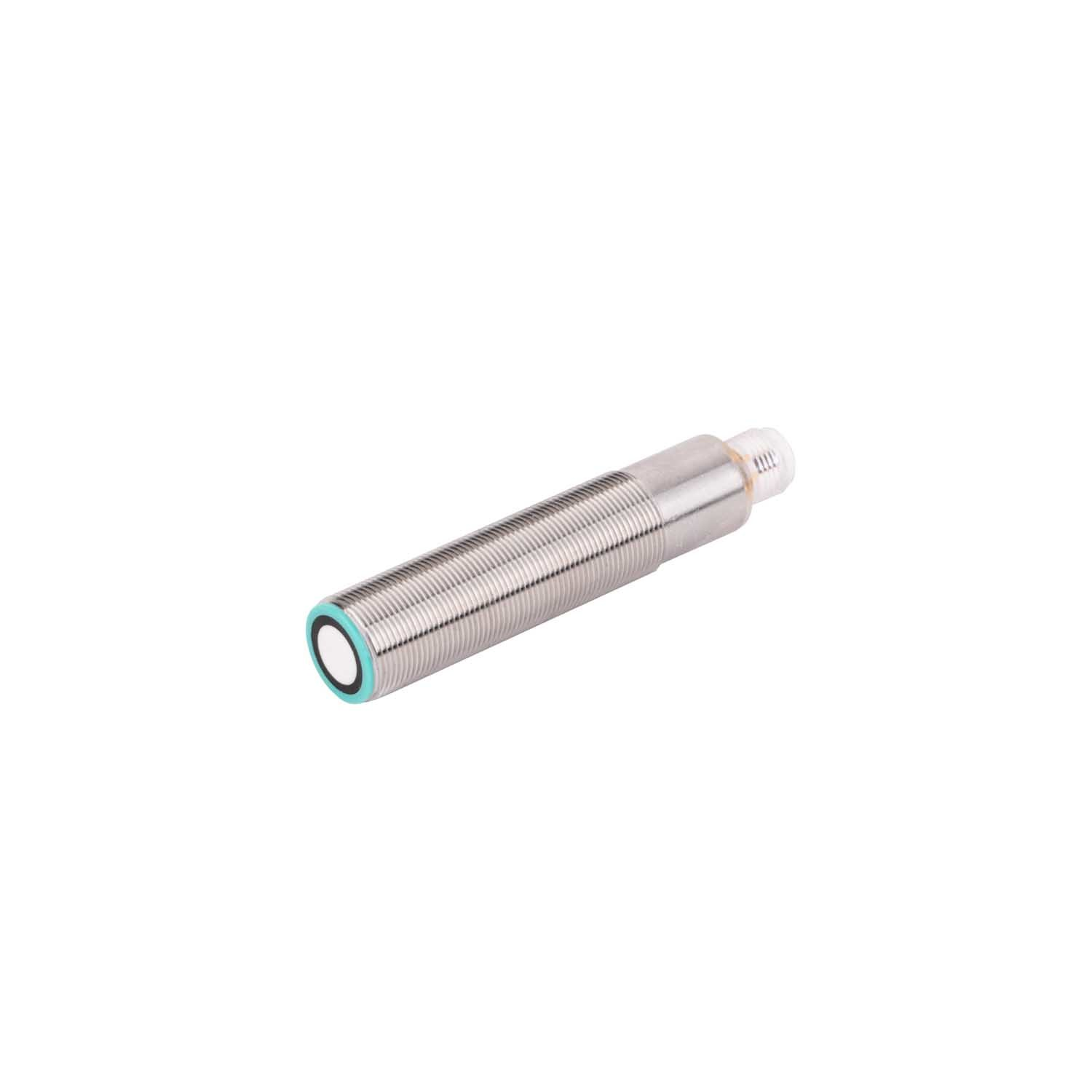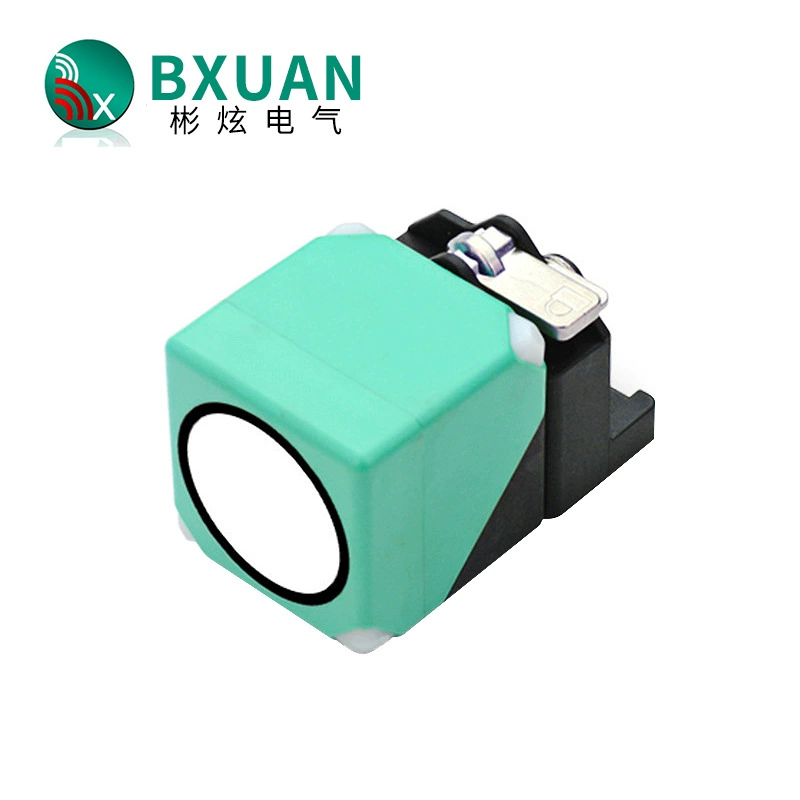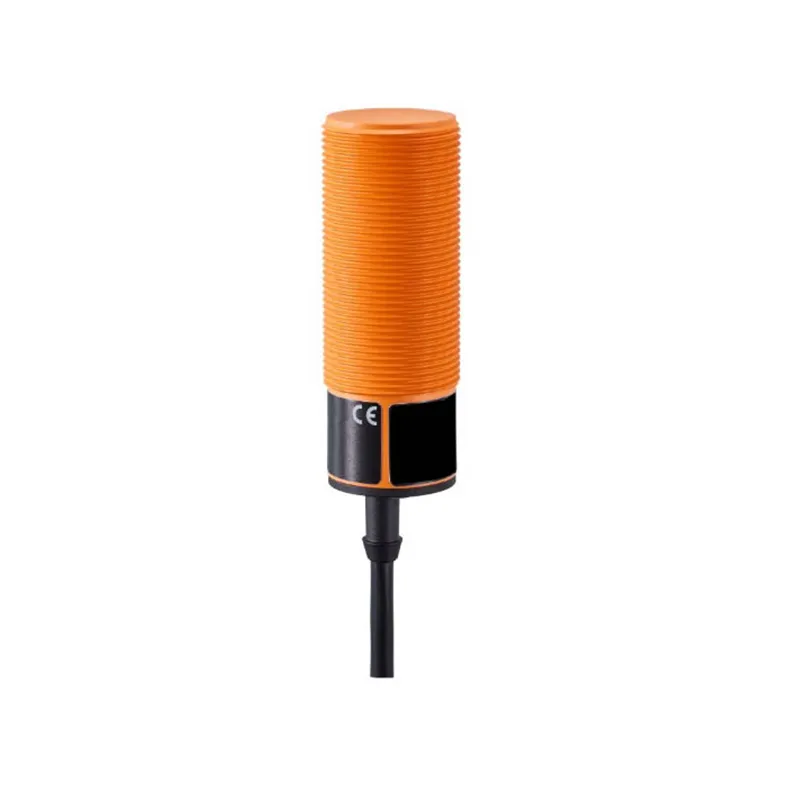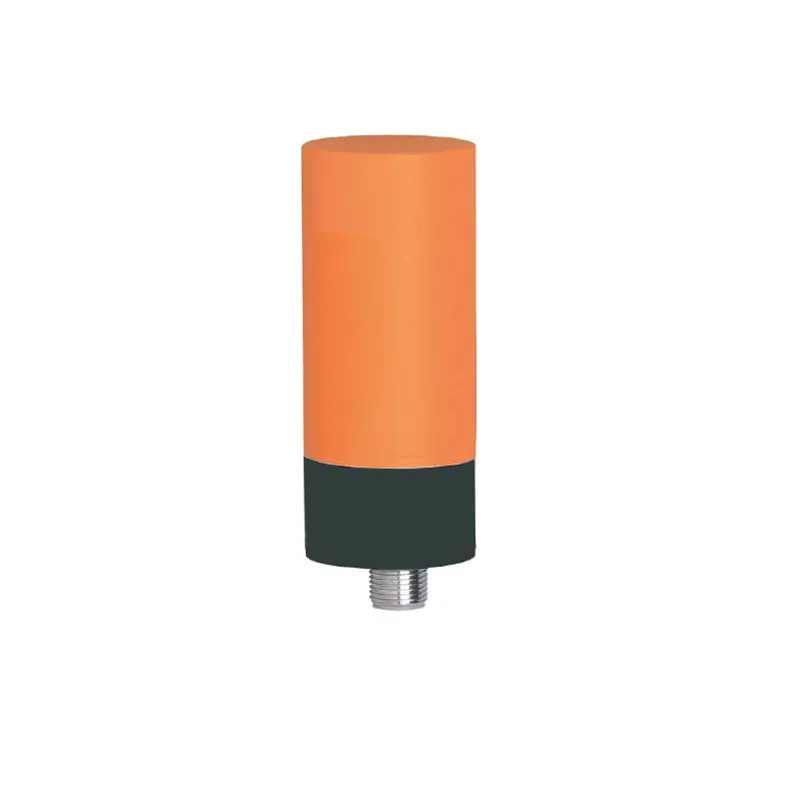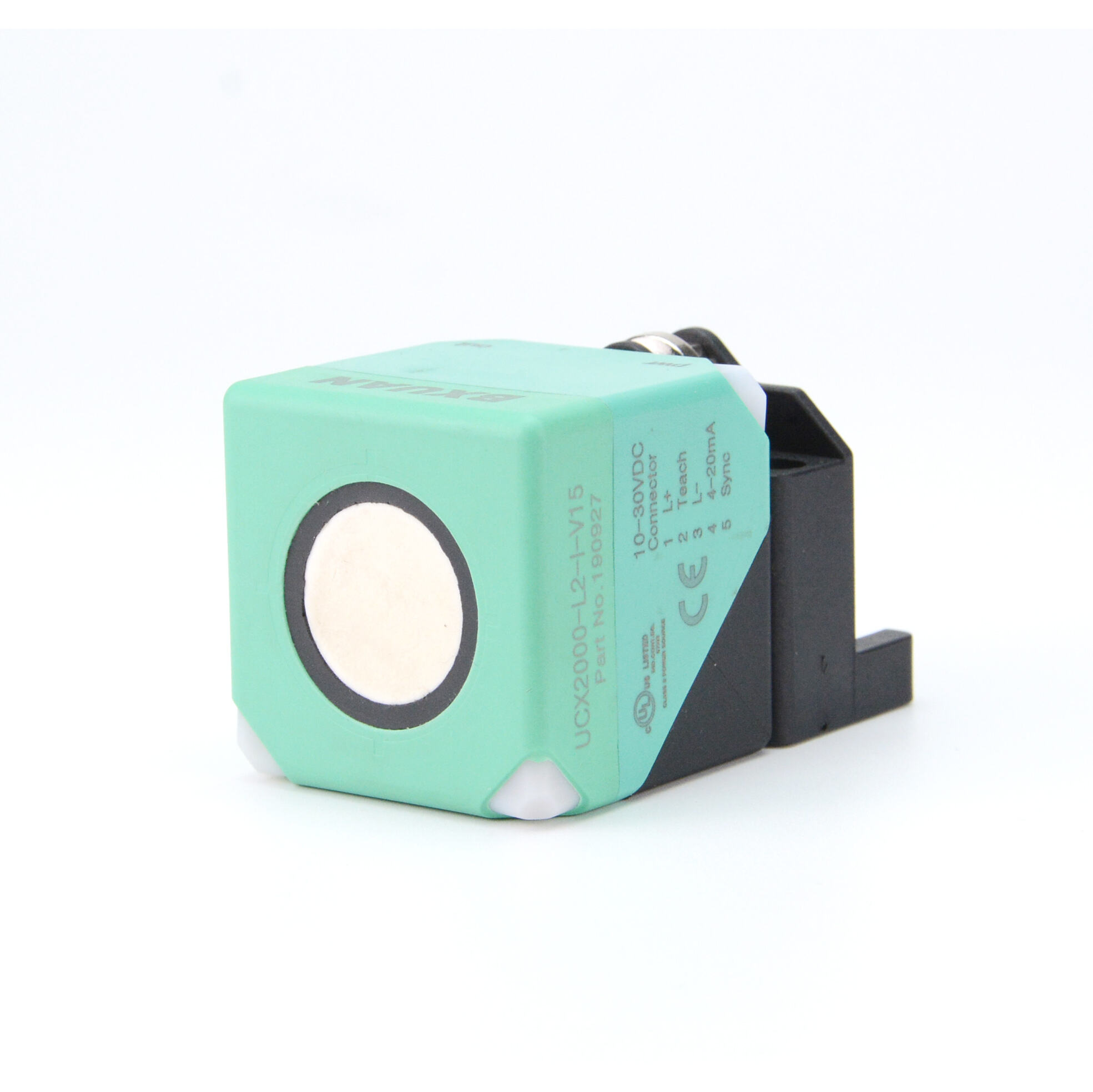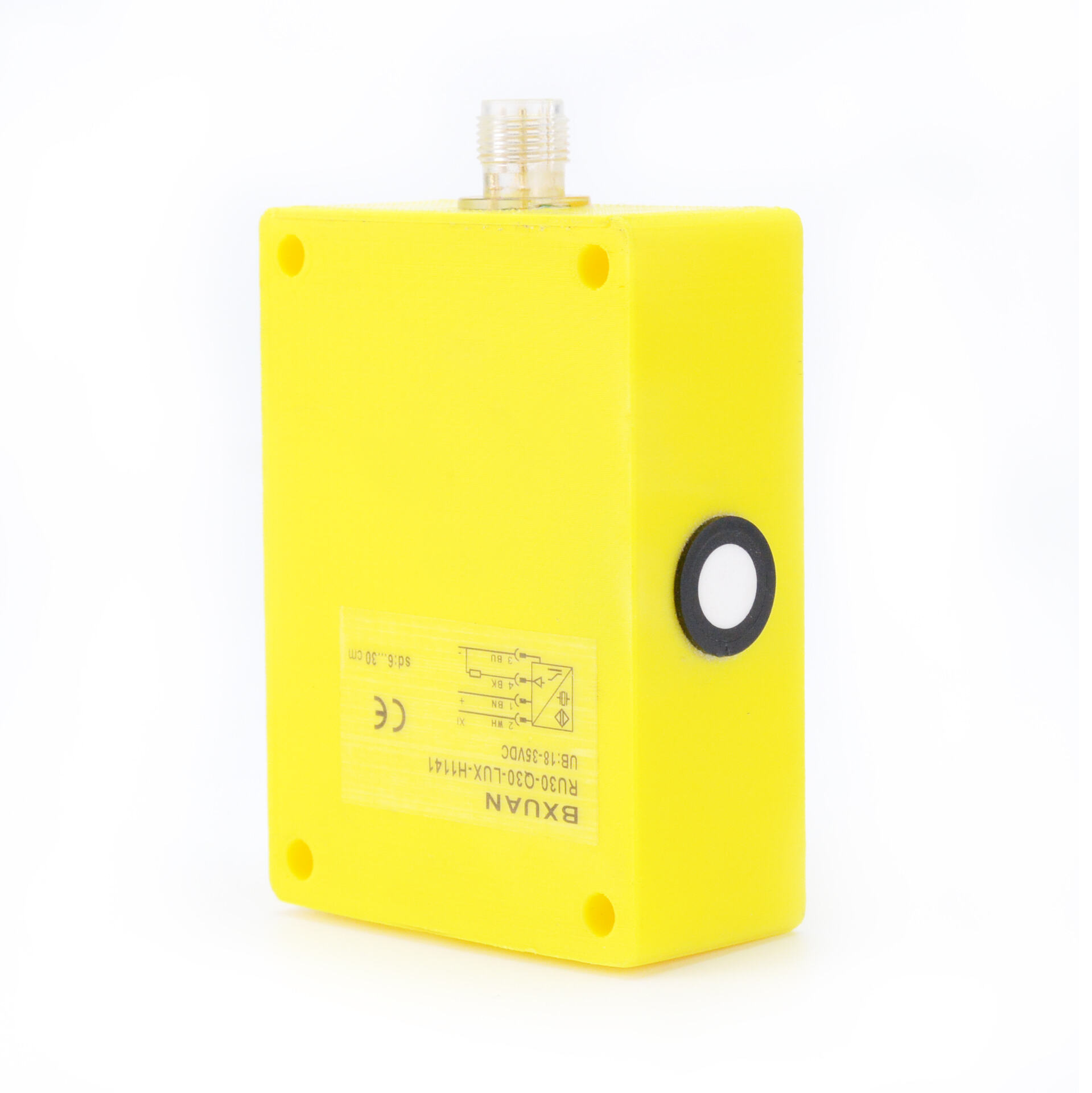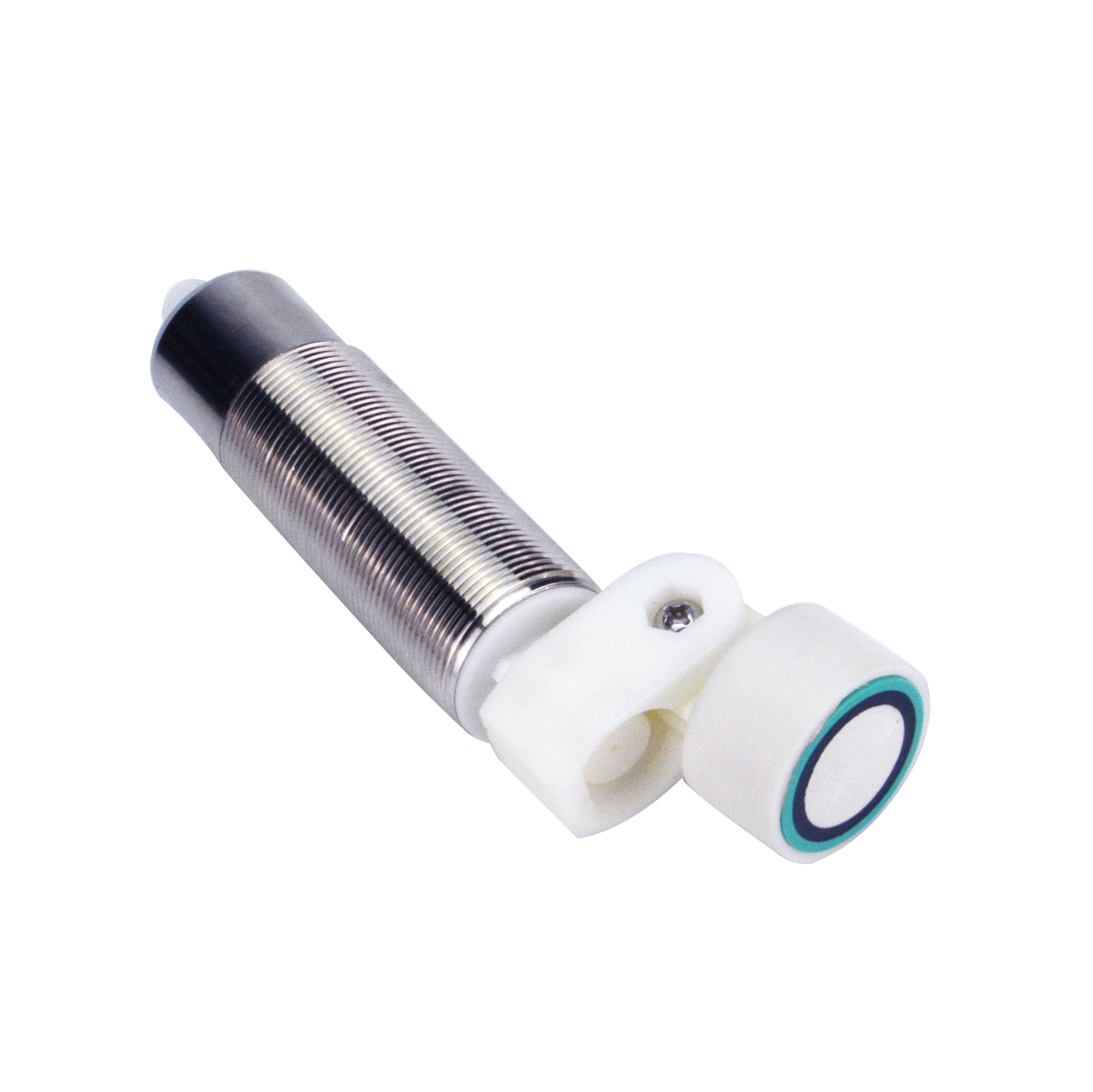مستشعر مفتاح القرب الاستقرائي
يمثل مستشعر المفتاح القريب الحثي جهازًا إلكترونيًا متطورًا مصممًا لكشف الأجسام المعدنية دون اتصال مباشر. وتعمل هذه المستشعرات وفقًا للمبادئ الكهرومغناطيسية، حيث تُنشئ مجالاً كهرومغناطيسيًا عالي التردد يتغير عند دخول الأجسام المعدنية إلى منطقة الكشف الخاصة بها. ويولد هذا المجال مذبذب المستشعر، في حين يقوم دائرة الكشف برصد التغيرات في شدة المجال. وعندما يقترب هدف معدني، تتولد تيارات دوامية (إدي كيرنتس) في الهدف، مما يؤدي إلى فقدان للطاقة في دائرة مذبذب المستشعر. ويؤدي هذا الفقد في الطاقة إلى تغيير حالة دائرة الإخراج، ما يشير إلى وجود الجسم المعدني. وتتميز المستشعرات القريبة الحثية الحديثة ببنية قوية، ومدى استشعار يتراوح عادة بين 1 مم إلى 40 مم، حسب النموذج ونوع المادة المستهدفة. وهي تُستخدم بكفاءة عالية في أتمتة المصانع، حيث توفر موثوقية في البيئات القاسية مع تصنيفات حماية تصل إلى IP67 أو IP68. وتعمل هذه المستشعرات بكفاءة ضمن نطاق درجات حرارة يتراوح بين -25°م إلى +70°م، وتوفر أوقات استجابة سريعة، عادة أقل من ملي ثانية واحدة. وتصميمها الإلكتروني الصلب يلغي البلى الميكانيكي، مما يضمن عمر تشغيل طويل ومتطلبات صيانة ضئيلة. وتجدر الإشارة إلى أن هذه المستشعرات متوفرة بشكل شائع بأشكال مختلفة، تشمل مبيتات أسطوانية ومستطيلة، مع خيارات تركيب متعددة لتلبية احتياجات تطبيقات متنوعة.

